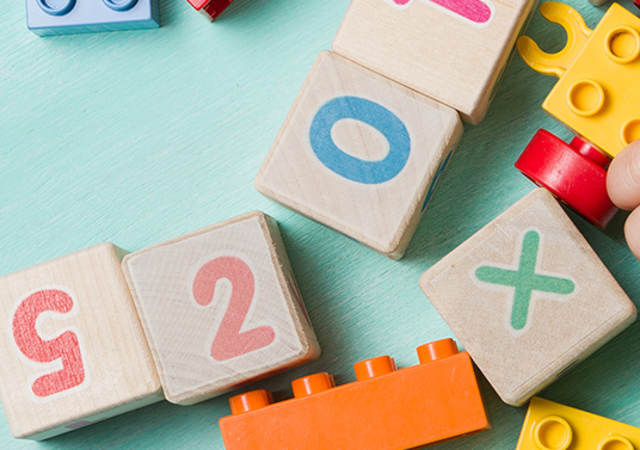December 1, 2021
According to a recent report from Transparency Market Research, the global market for smart toys is expected to reach $69,932 million (USD) by 2026, representing a compound annual growth rate of more than 36% from 2018-2026.
Toys that incorporate wireless, AI and computing components may introduce unknown risks to users and manufacturers alike while offering exciting new potential for learning, entertainment and fun. Advanced toy technologies come with a set of risks, safety challenges, performance issues and regulatory requirements that may be unfamiliar to toy manufacturers. UL sheds light on some of the most common considerations for manufacturers introducing smart toys.
Wireless, safety and performance – Connected toys that contain wireless components or connectivity engines are subject to an entirely new set of regulatory requirements, which vary by region. As an example, the Radio Equipment Directive (RED) in the E.U. requires many kinds of testing to verify the safety of wireless devices. The Federal Trade Commission (FCC) oversees similar standards in the U.S. To sell wireless toys in these markets, companies must demonstrate compliance with regional requirements. Understanding of the relevant regulations applicable to each market is an arduous but essential step in gaining global market access.
Industry certifications – Depending on the technologies used in the toy, conformity with industry certifications will be required before the toy’s market launch and to earn brand trust. For example, toys that incorporate Bluetooth® must have Bluetooth SIG to ensure the product properly connects and functions with Bluetooth. Other technologies go through similar certification testing to help ensure conformity with the same.
Cybersecurity – As is the case with any connected product, cybersecurity presents a formidable challenge to companies. Top of mind among consumers, cybersecurity breaches could expose one of the most vulnerable populations: children. The prudent thing for companies is to establish healthy cybersecurity culture, including sufficient cybersecurity testing and monitoring to identify and address potential vulnerabilities.
How UL can help
A trusted name in safety and performance testing, as well as third-party certifications, UL has the experience, worldwide facilities, and expertise to help toy companies navigate the complexities of introducing smart toys to the market. Our wide range of testing includes electromagnetic compliance (EMC), specific absorption rate (SAR), product safety, Bluetooth conformance, cybersecurity, and radio testing. We help position toy manufacturers for streamlined compliance, the launch of safe toys and long-term success.
Get in touch
Have questions, need specifics? Let's get this conversation started.



